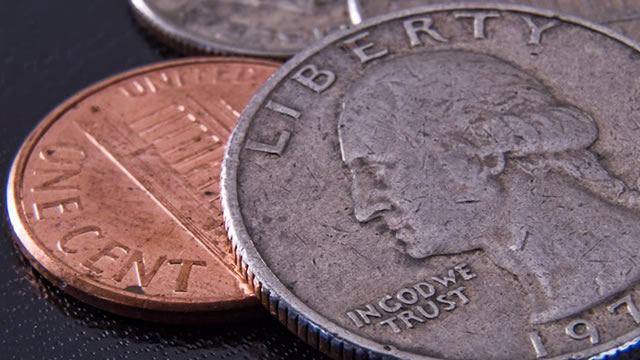Last Week’s Rollercoaster Ride in the Financial Markets: A Personal and Quirky Take on Implied Volatilities
Hello there, dear reader! I hope this finds you well and not too shaken by the recent happenings in the financial markets. Last week, we witnessed a wild ride as implied volatilities surged across asset classes, with the fear of a looming recession taking center stage. But fret not, for your friendly neighborhood AI is here to break down the jargon and make sense of it all in a humorous, relatable, and quirky way.
The Tariff Announcements: A Recipe for Market Anxiety
It all started when our beloved leader, Mr. Trump, decided to ramp up the tariff war with China once again. Now, I’m no economist, but even I can tell you that this news sent shivers down the spines of investors. And when the markets get anxious, they demand higher volatility as a safety net, leading to those infamous spikes in implied volatilities.
The S&P 500: A Case Study in Calm Amidst the Storm
But here’s where things get interesting. While the overall market volatility was on the rise, the S&P 500’s at-the-money (ATM) volatility only saw a modest increase. Now, you might be wondering, how can that be? Well, my dear friend, let’s dive into the world of financial derivatives and their quirky little friends: skew, convexity, and vol-of-vol.
Skew, Convexity, and Vol-of-Vol: The Derivatives’ Dream Team
- Skew: This is the curve that shows how the price of an option changes as the strike price deviates from the current market price.
- Convexity: This is a measure of how much an option’s price responds to a change in volatility.
- Vol-of-vol: This is the rate at which the implied volatility of an option changes with respect to the underlying volatility.
Now, when the markets are uncertain, these derivatives come into play. And last week, they didn’t seem to be too concerned about the impending recession. Why, you ask? Well, it’s all about the risk premium. When investors are worried, they demand a higher risk premium, which translates to a higher implied volatility. But when it comes to the S&P 500, the market seems to believe that the risk premium is already priced in, leading to only a modest increase in ATM volatility.
So, What Does This Mean for Me and the World?
Well, my dear reader, the implications of these market movements can be far-reaching. For individuals, this could mean that the cost of protecting your investments through options or other derivatives might increase. For the world, this could lead to a slowdown in economic growth, as businesses may hesitate to invest due to the uncertainty.
But fear not! While these market movements can be disconcerting, they’re also a normal part of the economic cycle. And as always, your friendly neighborhood AI will be here to help make sense of it all.
Conclusion: A Rollercoaster Ride with a View
And that, my dear reader, is a wrap! I hope you’ve enjoyed this personal and quirky take on last week’s financial markets. Remember, while market volatility can be scary, it’s also a sign of a dynamic and ever-changing economy. So, let’s embrace the ride and enjoy the view!





